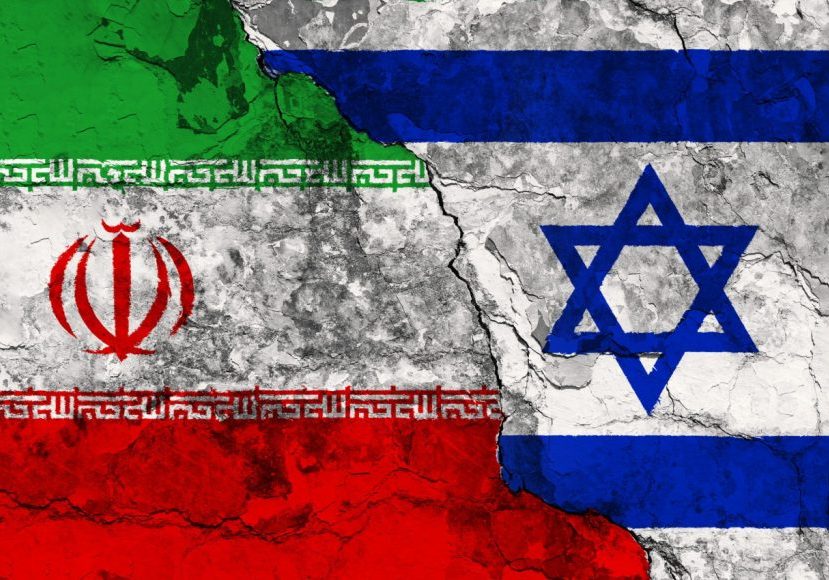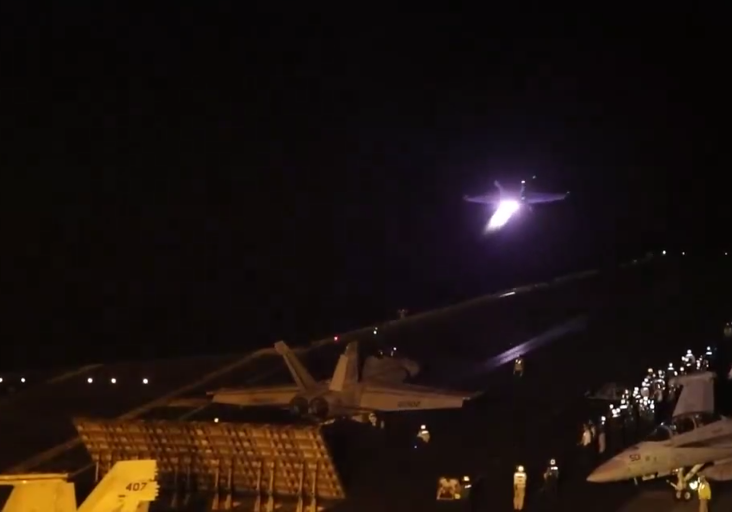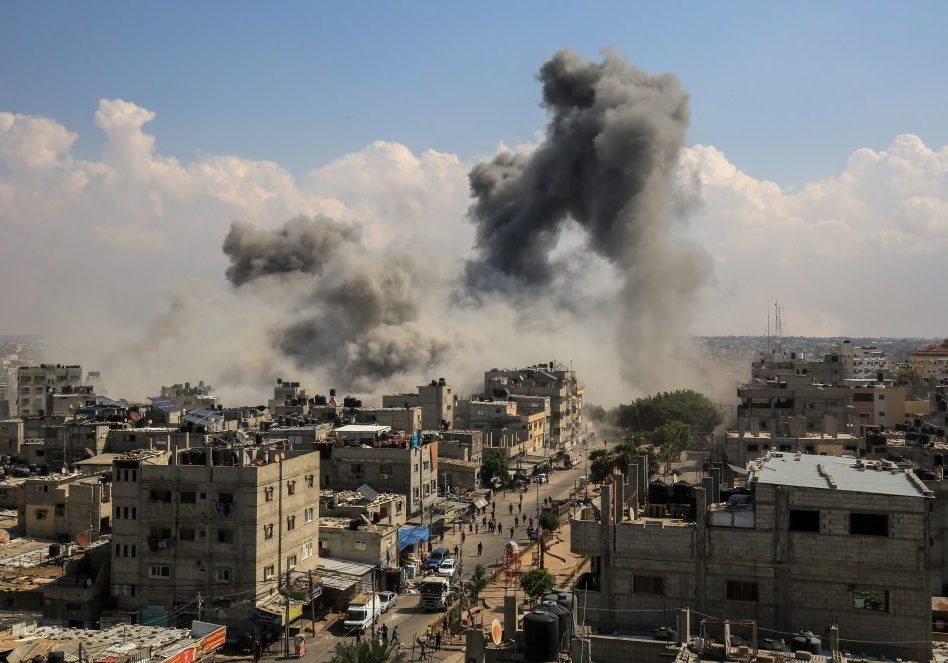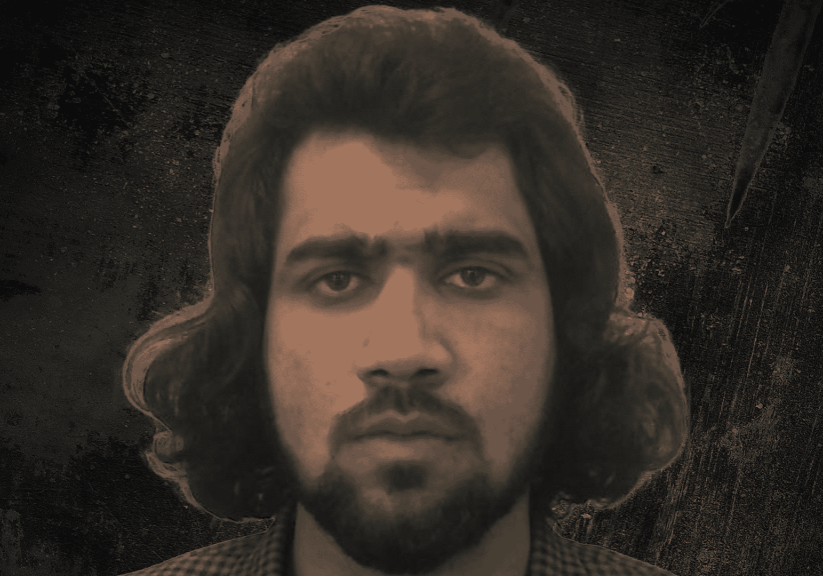Australia/Israel Review
The Retreat of ISIS
Sep 23, 2016 | Col. Jacques Neriah

Col. Jacques Neriah
Two years ago, the Islamic State in Syria and Iraq’s (ISIS) blitz assault across a swath of land as big as the United Kingdom led to the establishment of the self-proclaimed Caliphate and fragmented both Syria and Iraq. The recent defeats inflicted on Islamic radicals, however, have considerably shrunk the areas under ISIS control in both countries.
Indeed, under the pressure of the Syrian-Iranian-Russian-Hezbollah coalition on the one hand and the American-Western-Iraqi and moderate-Arab coalition on the other, Islamic State has suffered enormous losses in manpower and more significantly, ISIS has lost an estimated 40% of its territory, conquered only a few months earlier. The most symbolic loss was Palmyra, retaken by Bashar Assad’s loyalist forces with the active assistance of Russian air power and the infantry support of the Iranian Revolutionary Guard Corps and Afghani paramilitary units.
Likewise, in Iraq, the regime scored a huge success in recapturing key cities that had fallen under ISIS control such as Ramadi, Beiji and Fallujah, while continuing to prepare an assault on Mosul, Iraq’s second-largest city. A Kurdish coalition, reportedly assisted by US Special Forces, has approached the outskirts of Raqqa in Syria, the unofficial capital of the ISIS Caliphate.
Based on the advances of loyalist troops and militias both in Syria and Iraq, some fundamental questions arise: What has changed today from two years ago? What were the factors that brought that change in fortune, and what are the future prospects for ISIS? Are we witnessing the “beginning of the end” of ISIS, or is it a prelude for a resurgence in a new geographic area such as the failed state of Libya or even in a torn state such as Afghanistan?
Bearing in mind the Obama Administration’s policy of “No boots on the ground,” the two main anti-Islamic State coalitions (one American-led, the other Russian-led) succeeded in containing the advance of Islamic State in Syria and Iraq due to the following factors:
Attrition: Since August 2014, when the US-led coalition initiated its air campaign against ISIS, the coalition has succeeded in eliminating thousands of Islamic fighters, but more important, it has struck and shaken the command and control structure of ISIS.
Notorious field commanders (such as Jihadi John, “the butcher” of the western hostages) and leaders of Islamic State (red-haired Izzat Ibrahim) have been killed in the air campaign. “Caliph” Abu Bakr el-Baghdadi might have also been seriously injured in the course of a drone attack.
The addition of the Russian task force was but another element in eroding ISIS’ ability to withstand the growing firepower of its enemies. Due to the immense capabilities of US and Russian intelligence, the self-proclaimed Caliph and the different commanding officers of his troops are constantly on the run, knowing almost for certain that the moment they reappear they become the favourite targets of Coalition airpower. Bearing in mind that part of the ISIS commanding pyramid (according to some estimates up to 25% of the commanding officers) were former officers of Saddam Hussein’s army, their disappearance has taken a severe toll on the control and command structure of ISIS. Their replacements suffer from lack of field experience and military education. Finally, considering the different assessments given by Coalition spokesmen, it is believed that at least 20,000 ISIS fighters have been killed in the last two years, a very heavy burden to carry.
Problems of manpower: ISIS’s ideology, territorial successes, and Western opposition were ingredients in the melting pot that attracted thousands of volunteers who flocked from all over the globe to join the ranks of ISIS and other radical organisations. However, two years after the birth of the Caliphate, countries from where ISIS volunteers were recruited have adopted new rules of conduct and restricted the flow of volunteers to ISIS. Aware that most of the fighters would come back to their native countries and become members of dormant ISIS cells, Western countries as well as countries such as Morocco, Algeria, Tunisia, Saudi Arabia and Lebanon now closely monitor the Salafist organisations in their countries to prevent illegal acts and the departure of volunteers to ISIS. Of late, Turkey has also hardened its lenient attitude towards allowing volunteers to cross its borders to Syria and Iraq.
Finally, the bestial and barbaric videos spread via social media brought about a different reaction. While some recruits were hypnotised by the cruelty of ISIS, the majority opted not to identify with the goals of ISIS and refrain from being recruited by ISIS professional networks. As a result, ISIS has been recruiting children and youngsters to its ranks hoping to fill the void created by the death of thousands of its fighters and the impossibility of replacing them with substantial “fresh troops” coming from abroad.
Firepower inferiority: When ISIS took control of Mosul, it captured hundreds of Iraqi vehicles, military equipment, tanks, APCs, self-propelled artillery, ground-to-ground missiles, and ammunition. The same applies to areas conquered by ISIS in Syria where most probably ISIS also captured Syrian chemical ammunition that was not evacuated from areas where the weapons were hidden. Even though ISIS obtained several warplanes, they were obsolete and in no state to fly.
This reality on the ground favoured ISIS as long as the coalitions (US and Russian) did not intervene with airpower. Unwilling to put “boots on the ground,” the US and Russians chose to crush ISIS forces and the rebels from the air, targeting their equipment, logistics, leaders, and military formations. The choice was to pinpoint the strikes, sometimes through the use of laser-pointing artillery officers on the ground rather than using the strategy of “carpet bombing,” making the process of elimination rather slow and sometimes ineffective. However, in the long run, the US and Russian effort worked. Having no adversary in the skies and facing no weapon systems capable of downing combat planes, after two years the coalition has succeeded in reducing ISIS military power and forcing it into retreat.
ISIS had no answer to the air campaign since the aircraft flew and bombed from above the ceiling of its shoulder-fired ground-to-air missiles. However, on the ground, ISIS adopted impressive anti-personnel and vehicle mining tactics and excelled in urban warfare in which a small number of combatants could withstand large regular army formation. Instead of a viable air force, ISIS used human bombers to penetrate the defences of its enemies, a tactic used in Kobane, Tikrit, Palmyra and dozens of other places. These tactics did not change the balance of forces on the ground, and ISIS kept fighting from a position of inferiority, which in turn translated to the loss of territory it has suffered in recent months.
Diminishing financial support: When ISIS captured Mosul, it looted Mosul’s central bank. According to various reports, ISIS absconded with US$500 million. There have also been reports of ISIS sale of oil via Turkey and even selling directly to the Assad regime. But air attacks on oil truck convoys have cut into ISIS earnings. ISIS obtained funds from trafficking stolen antiquities, but efforts are made to block the sales. It seems that of late their principal income comes from monies raised in private circles in the Gulf states that are insufficient to maintain the structure of the state. Taxes imposed on ISIS citizens, as well as fines imposed on non-Muslims, are another source of revenue, insufficient as well, but they still allow ISIS to maintain its basic infrastructure.
In the last year, however, US aircraft unleashed a new and effective financial measure: blowing up Islamic State’s coffers. In January 2016, the American-led coalition claimed to have destroyed nine depots where “tens of millions of dollars” were stashed.
These controls on the flow of monies carried out by the United States are forcing ISIS to find alternatives. Without that money, ISIS cannot recruit new fighters nor pay monthly salaries to its fighters and administration. The question remains: how long can ISIS sustain such a basic economy without pushing its citizens and fighters to despair and desert.
ISIS’s Retreat
Two years after the proclamation of the Caliphate and after stunning victories in Iraq and Syria, ISIS is retreating. Still, ISIS has made some territorial progress in northwest Syria (Aleppo, Homs) and in Syria’s far east (Hasakeh). However, those key cities have not fallen to ISIS while its two main cities – Mosul and Raqqa – have become the next targets of the coalition forces. It is clear that as long as coalition leaders will not engage ground forces, Raqqa and Mosul will remain ISIS bastions until local forces (Syrian and Iraqi) dislodge ISIS from its strongholds. This is not about to happen in the coming weeks or months. It is a process that will eventually occur, slowly and painstakingly.
Therefore, ISIS is looking for alternatives: Libya is a place of choice because of its disintegration. However, its closeness to Europe makes a takeover by ISIS improbable because it will inevitably ignite a military reaction. Europe and the United States are already discussing their reactions. Afghanistan and Yemen may be alternatives for ISIS. Recently ISIS has been fighting the Taliban in Afghanistan, which it opposes ideologically, and has taken control of remote areas in the eastern part of the country. In Yemen, ISIS has found a fertile environment in the Governorate of Hadramaut.
A cautionary note: One should not underestimate ISIS appeal in Saudi Arabia, Egypt, Morocco and Tunisia. A symbiosis has been created between ISIS and local radical Muslim organisations whose aim is to spread havoc and install an Islamic Caliphate in lieu of the acting regimes. In the meantime, the Arab nation-states have the upper hand at a very high price. They must be vigilant and aggressive in their pursuit of the destabilising forces that threaten their regimes. An eventual defeat of ISIS will not translate immediately into an elimination of the radical Muslim movements. Such a development can occur only when the Arab nation-states offer a viable ideological alternative and champion socio-economic welfare.
Col. (ret.) Dr. Jacques Neriah, a special analyst for the Middle East at the Jerusalem Centre for Public Affairs (JCPA), was formerly Foreign Policy Advisor to Prime Minister Yitzhak Rabin and Deputy Head for Assessment of Israeli Military Intelligence. © JCPA, reprinted by permission, all rights reserved.
Tags: Iraq






